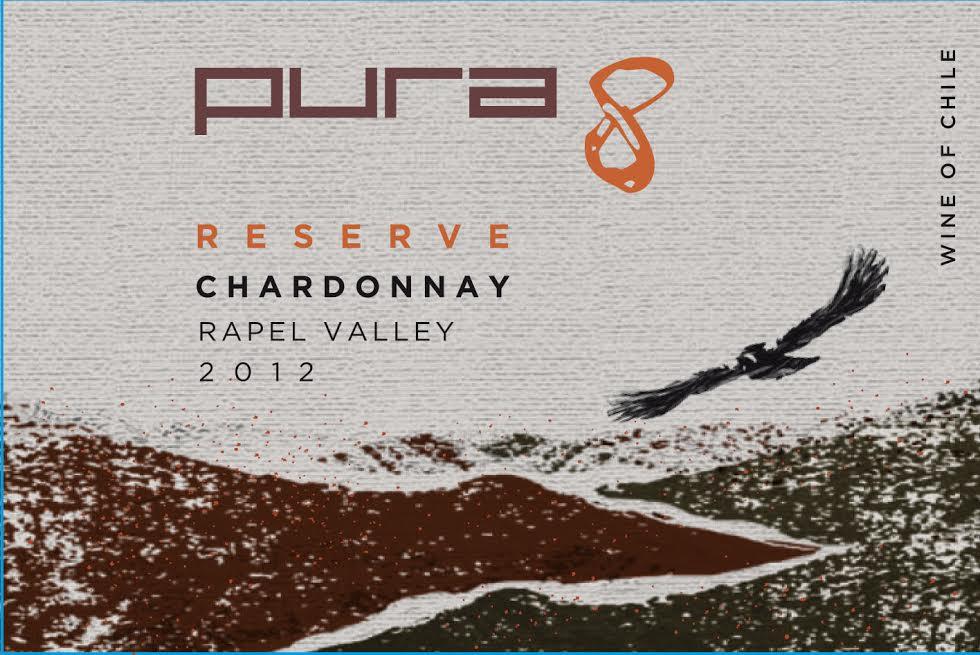2012 Rapel Valley Chardonnay
Pura 8 Reserve is a stunning white Chardonnay from the esteemed Rapel Valley, showcasing the remarkable characteristics of the 2012 vintage. This elegant wine presents a medium-bodied profile, balanced by high acidity that adds a refreshing lift to each sip. The fruit intensity is prominent, revealing luscious notes of ripe peach, juicy melon, and zesty citrus, perfectly intertwined with hints of toasted oak, imparting depth and complexity. The dryness of this Chardonnay enhances its food-friendly appeal, making it an ideal companion for seafood dishes or creamy pastas. Each pour of Pura 8 Reserve invites the palate to explore its exquisite layers and enjoy the mastery of winemaking that this specific region embodies.
Pura 8 Reserve is a stunning white Chardonnay from the esteemed Rapel Valley, showcasing the remarkable characteristics of the 2012 vintage. This elegant wine presents a medium-bodied profile, balanced by high acidity that adds a refreshing lift to each sip. The fruit intensity is prominent, revealing luscious notes of ripe peach, juicy melon, and zesty citrus, perfectly intertwined with hints of toasted oak, imparting depth and complexity. The dryness of this Chardonnay enhances its food-friendly appeal, making it an ideal companion for seafood dishes or creamy pastas. Each pour of Pura 8 Reserve invites the palate to explore its exquisite layers and enjoy the mastery of winemaking that this specific region embodies.




